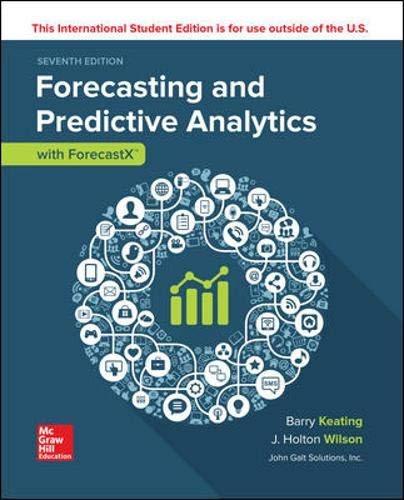Question
Shin Lee was a recent immigrant to Canada and a current Commerce student at the Smith School of Business. He had some family money to
Shin Lee was a recent immigrant to Canada and a current Commerce student at the Smith School of Business. He had some family money to invest and wanted to use the skills he was developing at Smith wisely. He had heard a great deal about recent turmoil at Bombardier, and this news had piqued his interest. Lee knew often a company in trouble was a good buy, particularly if the future looked bright.
Did Bombardier's future look bright? The answer to that question depended, in part, on the company's Weighted Average Cost of Capital (WACC), and it was to that which Lee turned his mind before making an investment decision. He had learned in his finance class the WACC would inform profitability going forward.
Lee's research indicated Bombardier's Beta was 2.35 and the Market Risk Premium was 5.23 percent. He set out to calculate the weight of all the equity and preferred securities for Bombardier based on the closing share price as of November 10, 2020. The share price information is available at Bombardier Investor Relations. By looking at the 2019 Annual Report (available as an Additional Resource), Lee could determine the number of shares outstanding of both preferred and common shares (see p. 126 of the Annual Report) and exchange rates (see p. 125 of the Annual Report). He decided to ignore warrants, share options, PSUs and DSUs. The exchange rate is important because the values in the Annual Report are in USD whereas the share prices are in CAD. He will need then to convert the USD values to CAD (please do so using the rates in the annual report). He assumed the company's effective tax rate was 17.88 per cent (an average of the last 4 years that Bombardier had a positive tax rate). Lee researched the Canadian 10-year bond yield at the Bank of Canada, which would be necessary in calculating the cost of equity for Bombardier. He found that this yield was 1.25%. [Kindly note that we are using Bombardiers latest annual report and then using more recent market pricing for illustrative teaching purposes. Normally one would use the most recent publicly available financial statement data (i.e. quarterly statements) but we will use the annual report for this Case as it has the most disclosure and thus provides the best opportunity to get familiar with more detailed financial statements].
Lee expected to incorporate the range of preferred shares and their most recent dividend payouts (see p. 127 of the Annual Report) into his cost of capital calculations. He assumes that the growth rate of all the preferred shares dividends is zero. He also assumes that both Class A and Class B common shares have the same cost of equity. When calculating the cost of debt, he would include the company's long-term debt (see p. 199 of the Annual Report). For the debt that has no value for December 31st, 2019 (it is represented as a dash) he assumes that the market value is 0 (i.e., it has been paid off). He further assumed that the amounts of long-term debt on page 199 of the Annual Report (the column with header December 31st, 2019) were the best estimates of the market values in USD. Finally, Lee found the bond prices for all of Bombardier's long-term debt (see Table 1, below; the face value is 100). The bond prices are necessary for the computation of the YTM of each bond with the exception of the "Other" entry, the cost of which he obtained from the footnotes (see p. 199 of the Annual Report). One issue is how to handle fractional years for bond maturities, especially knowing that they are semi-annual bonds. For simplicity, he decided to round the number of periods when computing the YTM of each bond, as seen in Table 1. Using his knowledge of finance, he sat down to punch the numbers and calculate Bombardier's WACC.
file://Bombardier-Financial-Report-2019-en.pdf 
Step by Step Solution
There are 3 Steps involved in it
Step: 1

Get Instant Access to Expert-Tailored Solutions
See step-by-step solutions with expert insights and AI powered tools for academic success
Step: 2

Step: 3

Ace Your Homework with AI
Get the answers you need in no time with our AI-driven, step-by-step assistance
Get Started


